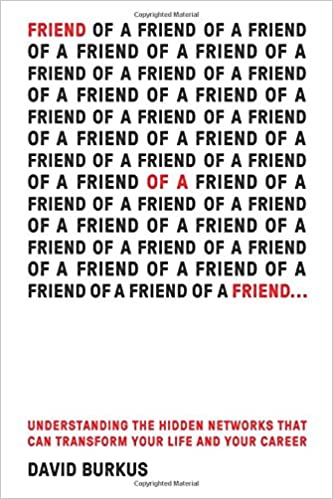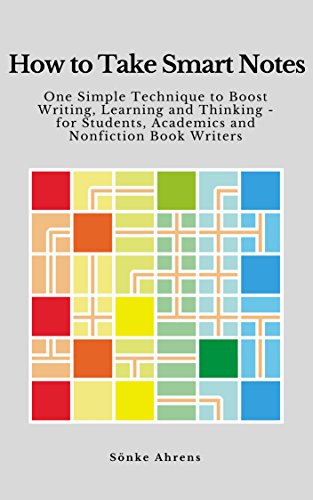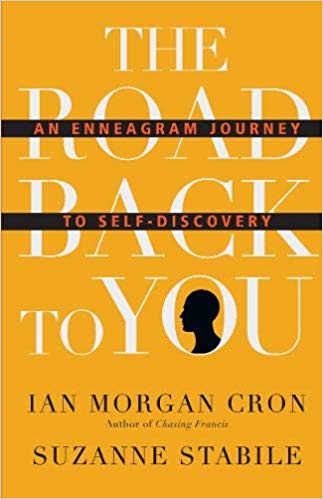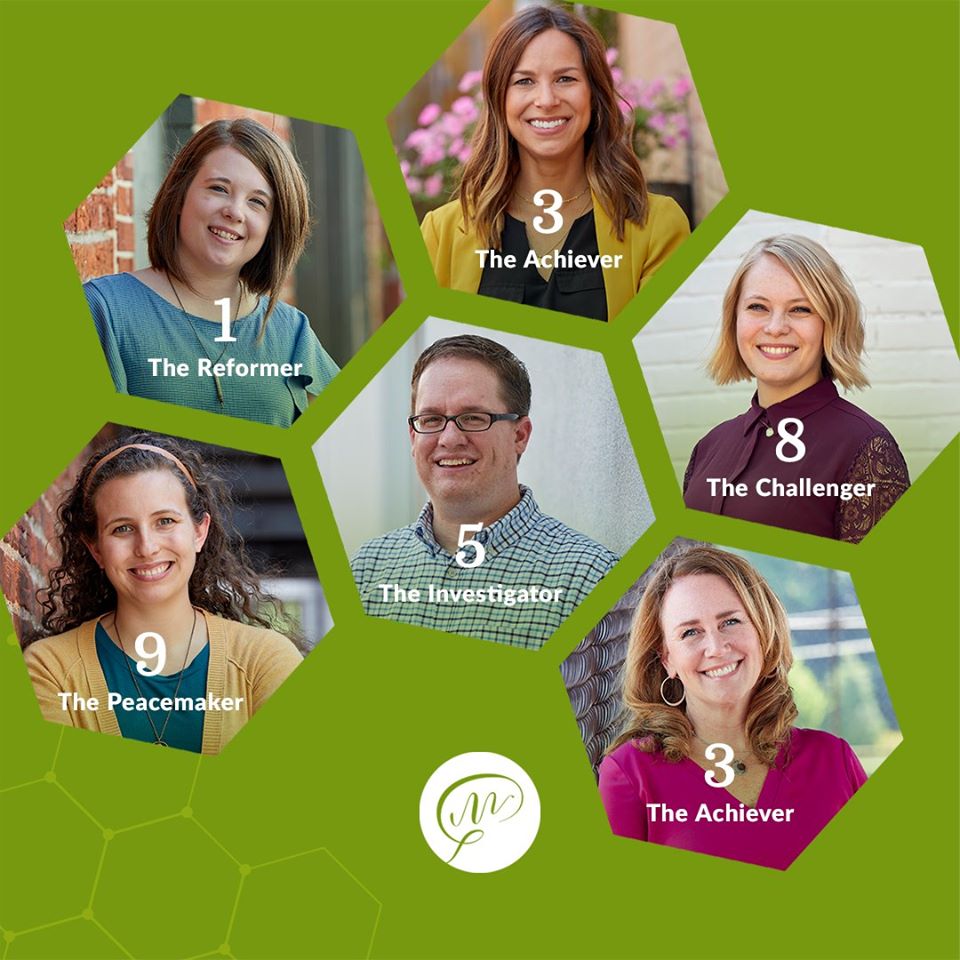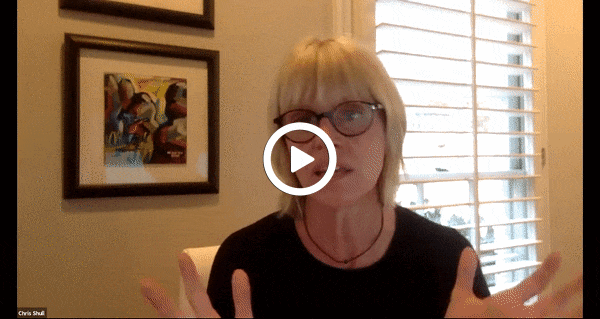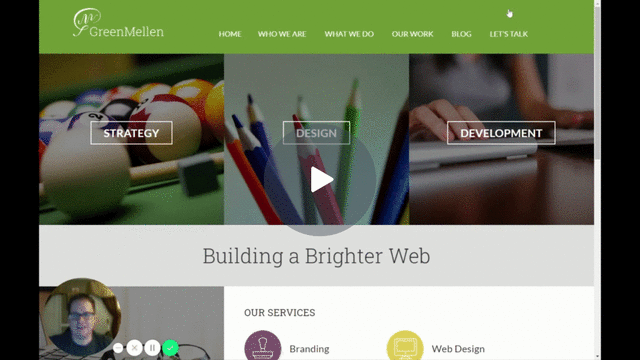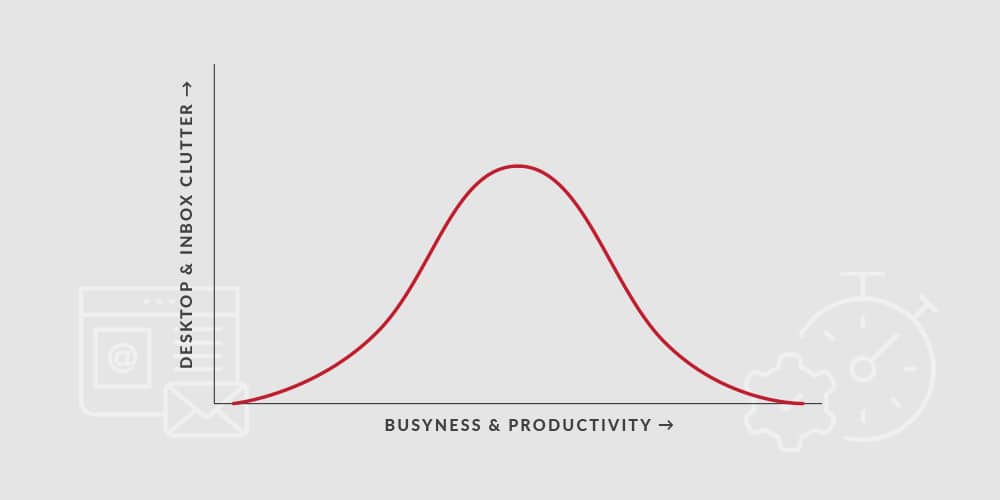If you’re into marketing at all, I would hope you’ve heard of Donald Miller. His StoryBrand framework is amazing, and much of it can be had for free. While he has some high-paid (and high-value) training you can do with him, he also gives away a ton of great information from his books, podcasts, emails, videos and other material. This book, Marketing Made Simple, is a great example of that.

Here is how the book is described:
Every day, brands lose millions of dollars simply because they do not have a clear message that tells consumers who they are and what value they will add to their customers’ lives. To solve this dilemma, Donald Miller wrote Building a StoryBrand, which has become the quintessential guide for anyone looking to craft or strengthen their brand’s message.
Now, Don is taking it a step further with this five-part checklist that helps marketing professionals and business owners apply the StoryBrand messaging framework across key customer touchpoints to effectively develop, strengthen, and communicate their brand’s story to the marketplace.
While the book is hard to break down into small pieces, as it’s essentially one big plan of action for your business, I’ll share some highlights below:
It doesn’t matter what you sell, if you use words to sell your products, a sales funnel will work.
Your Customers Are Not Curious About You, They Are Curious About How You Can Solve Their Problem
I had a conversation today with a client about this. They had earned a new certification to help better serve their clients, and our discussion got into not how to show off the certification, but to show how them having that certification could help make a client’s life better.
The answer to confusion is always no.
Branding affects how a customer feels about your brand, while marketing communicates a specific offer.
Calls to action like “Learn more,” “Find out about us,” “Curious?” or “Our Process” are weak and confusing. What a customer really needs is something to accept or reject.
Looping images (silent film) are terrific on websites but make sure the text that floats over those images is fixed.
We’ve talked for years about how no one is going to sit and watch all of your slides go by on a website, and that’s still true. However, Don adds a bit of nuance to it that I really like.
His thought is that it’s ok to have slides on a website, as long as you have a single message in front of them. Use the slides to reaffirm your message, but don’t use slides to try to squeeze in six different messages that you think are all important.
If you fear asking people for money in exchange for your product or service, you do not believe in your product or service.

